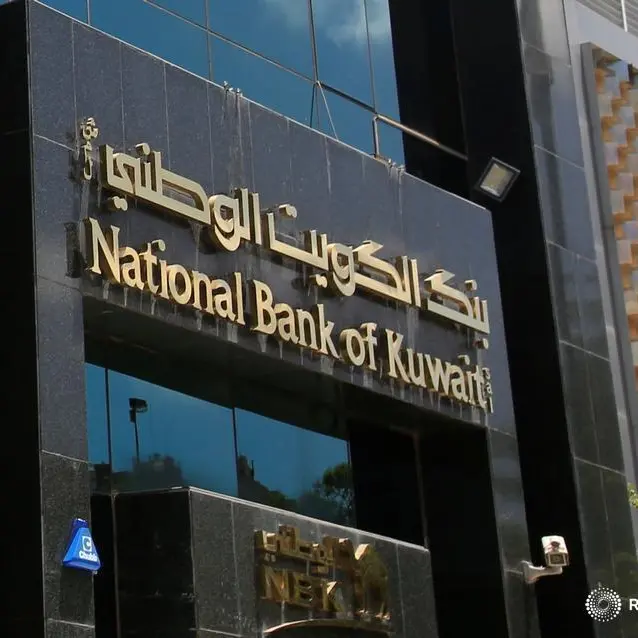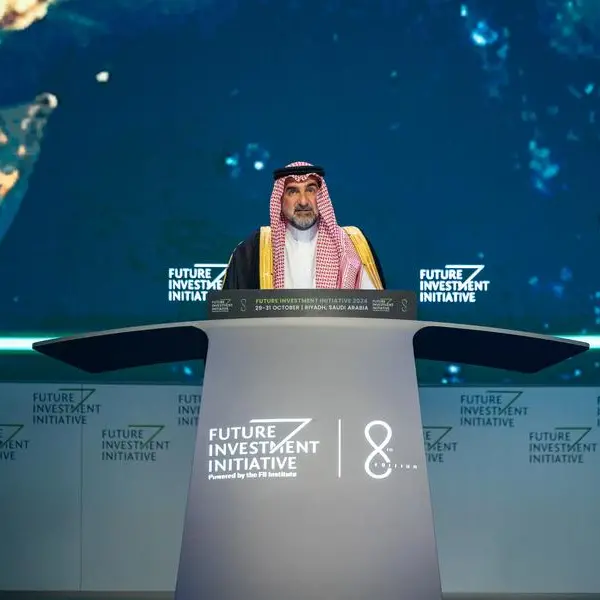PHOTO
Falling oil prices, a weakened demand for OPEC crude oil and supply chain disruptions resulted in limited growth in high-net-worth-individual (HNWI) wealth in 2023 in the Middle East, according to a new global study.
Findings of the Capgemini Research Institute’s ‘World Wealth Report 2024’ revealed that the Middle East experienced limited year-on-year growth of 2.9% in HNWI wealth and 2.1% in HNWI population in 2023, among the lowest in the world.
Even as global HNWI wealth witnessed a $3.8 trillion increase to reach $86.8 trillion in 2023, indicating a 4.7% year-on-year rise, geopolitical tensions stemming from the Israel-Gaza conflict and its impact on the supply chain affected growth in the Middle East.
The report by the French think tank further revealed that the global HNWI population also saw an increase of 5.1% to 22.8 million in 2023 and continues to grow despite market unpredictability, with this upward trend offsetting last year’s.
Global growth
North America saw the biggest gains in HNWI wealth in 2023, recording a 7.2% year-on-year growth in wealth and 7.1% in population. According to the report, “solid economic resilience, cooling inflationary pressures, and a formidable US equity market rally” drove momentum.
This trend continued in most markets, for both wealth and population respectively, but to a lesser extent in the Asia-Pacific region, which saw an annual 4.2% in wealth and a 4.8% increase in HNW population. Europe trailed behind with a 3.9% and 4.0% year-on-year growth in wealth and population, respectively.
Latin America posted limited HNWI growth, with wealth up 2.3% and population up 2.7%. In contrast, Africa was the only region where HNWI wealth declined by 1% and population by 0.1% fell due to falling commodity prices and declining foreign investment.
Forward outlook
The report, which covered 71 countries, accounting for more than 98% of global gross national income and 99% of world stock market capitalisation, forecast that even as HNWI growth continues to thrive in 2024, asset allocations are starting to shift from wealth preservation to growth.
Early 2024 data revealed a normalisation of cash holdings to 25% of portfolio totals, a stark contrast to the multi-decade highs of 34% seen in January 2023.
The report indicates two out of three HNWIs are planning to invest more in private equity during 2024, to leverage possible future growth opportunities.
Ultra-high-net-worth individuals (UHNWIs), the most concentrated among the wealth bands, hold over 34% of total HNWI wealth and make up just over 1% of the total HNWI population, according to the report, estimating that over the next two decades, ageing generations will transfer over $80 trillion, driving appetite for financial and non-financial value-added services, representing a lucrative opportunity for wealth management firms.
“Clients are demanding more from their wealth managers and the stakes have never been higher. There are active steps firms can take to engage and retain clients for a personalised, omnichannel experience as the great wealth transfer unfolds and growth of HNWIs continues,” said Nilesh Vaidya, Global Industry Head of Retail Banking and Wealth Management at Capgemini.
“While the traditional way of profiling clients is ubiquitous, the application of AI-powered behavioural finance tools, using psychographics, should be considered. They can offer a competitive advantage by understanding individuals’ decision-making to deliver a greater degree of client intimacy. The creation of channels for real-time communication will be crucial to manage biases that sudden, volatile market movements might trigger,” he added.
(Writing by Bindu Rai, editing by Seban Scaria)























